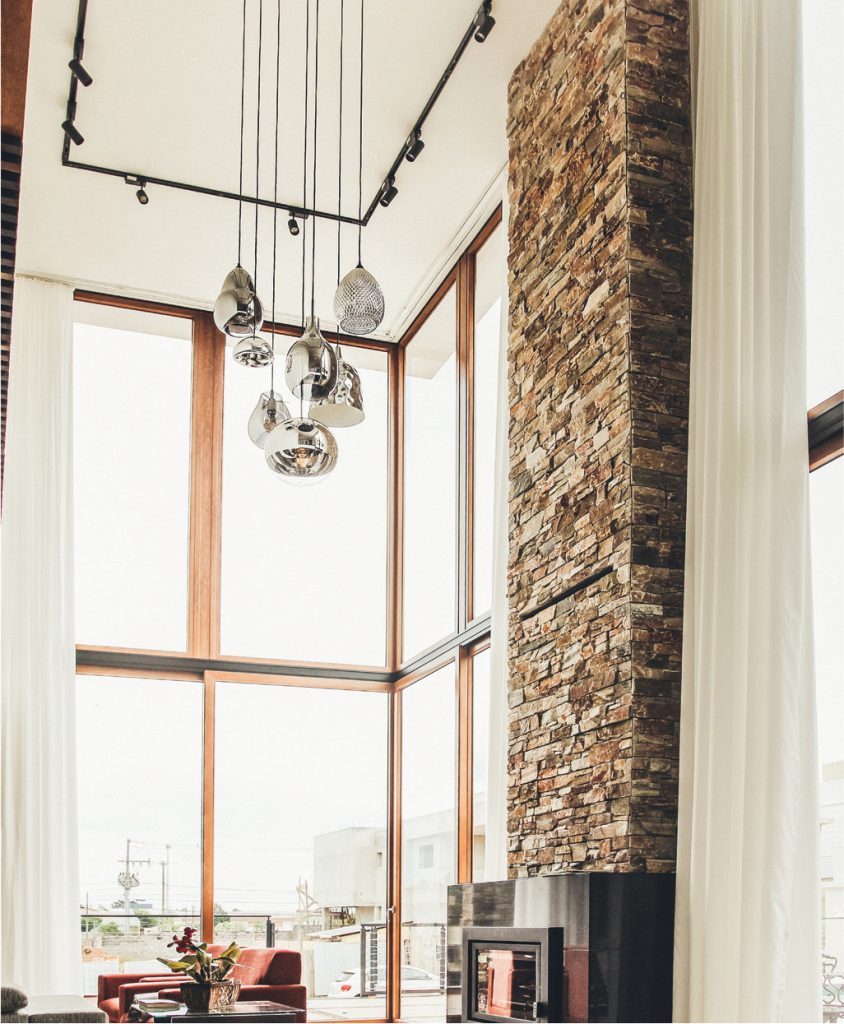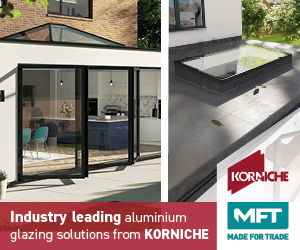The topic of buying or replacing a window plays a key role in building a new house or during the renovation process.
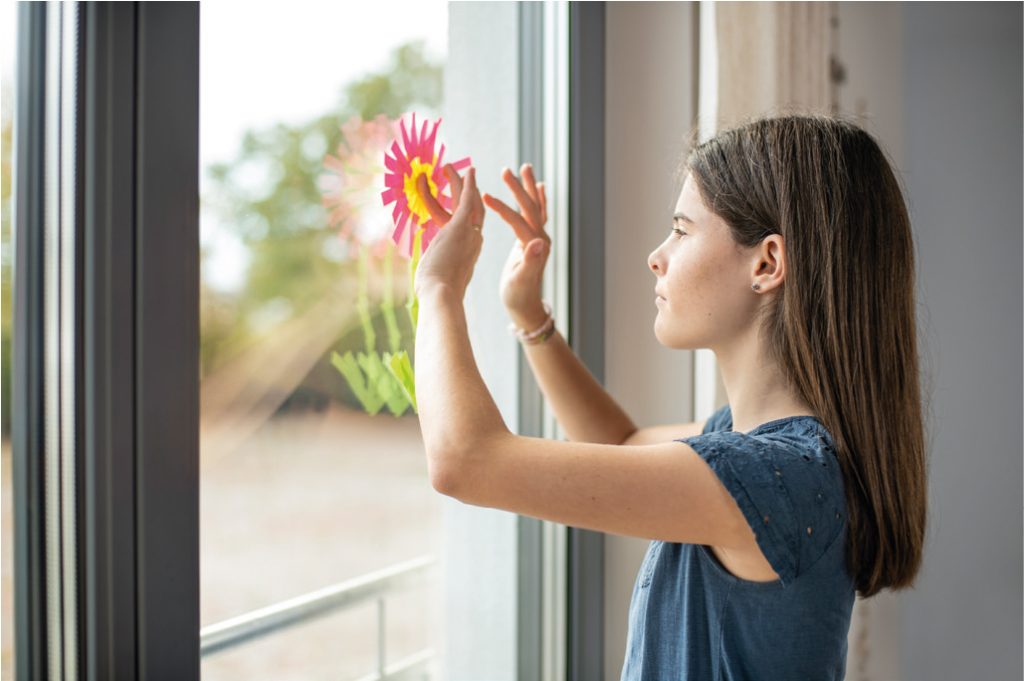
PVC windows – perfect fit into any building facade
Modern PVC windows offer the customer a wide range of design options. This applies to the window construction and to the surface design, which gives endless options of colours and textures: from natural wood to modern high-gloss surfaces. There are also hardly any limits to the structural design, the spectrum ranges from timelessly straight lines to round arches.

Furthermore, PVC windows offer a wide range of modern product specifications that can be adapted: It is possible to integrate barrier-free solutions, ventilation systems, and to enhance building security via your windows. Modern PVC windows are not only suitable for new buildings, but also integrate well into any style of the facade from the Wilhelminian period to the early 2000s.
PVC window as a sustainable construction product
PVC windows save energy, are durable, recyclable, and are a perfect example of the circular economy.
Energy efficiency: Energy-efficient renovation is an important element on the way to climate neutrality. PVC windows make a significant contribution to the environment an ddouble-glazed windows already achieve a U-value of 1.3 whereas triple-glazed windows achieve less than 1.0, and thus passive house standard.
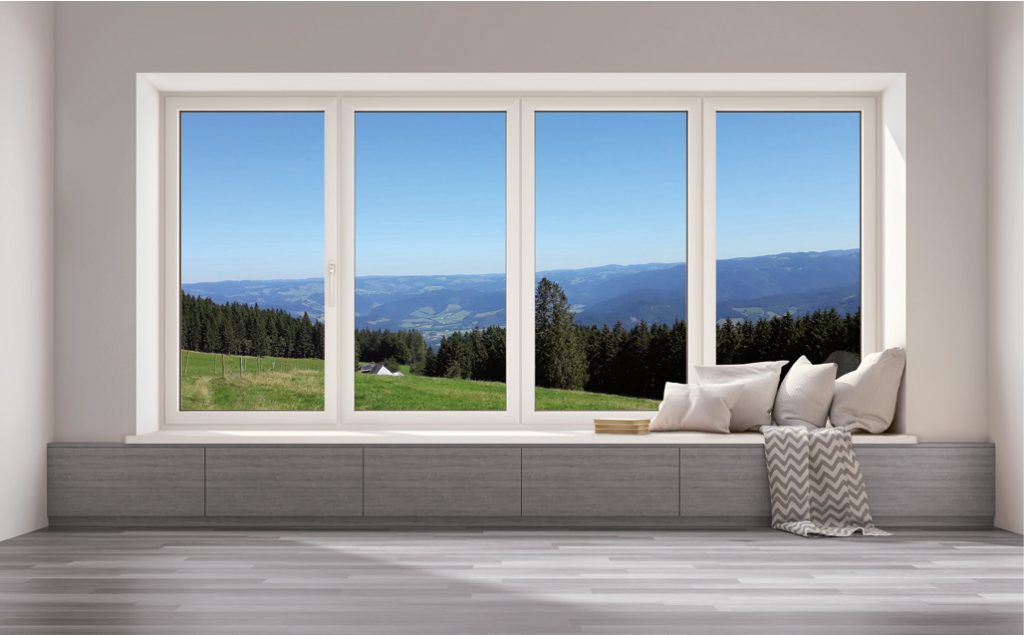
Durability and quality assurance: PVC windows and their components such as profile systems are quality assured across Europe. Certification is carried our according to national quality assurance systems such NF or QB (FR), RAL (DE), and QAA (UK). Numerous quality-determining characteristics must be fulfilled and are regularly monitored by accredited bodies. The requirements relate to material and mechanical properties to determine suitability for long-term use.
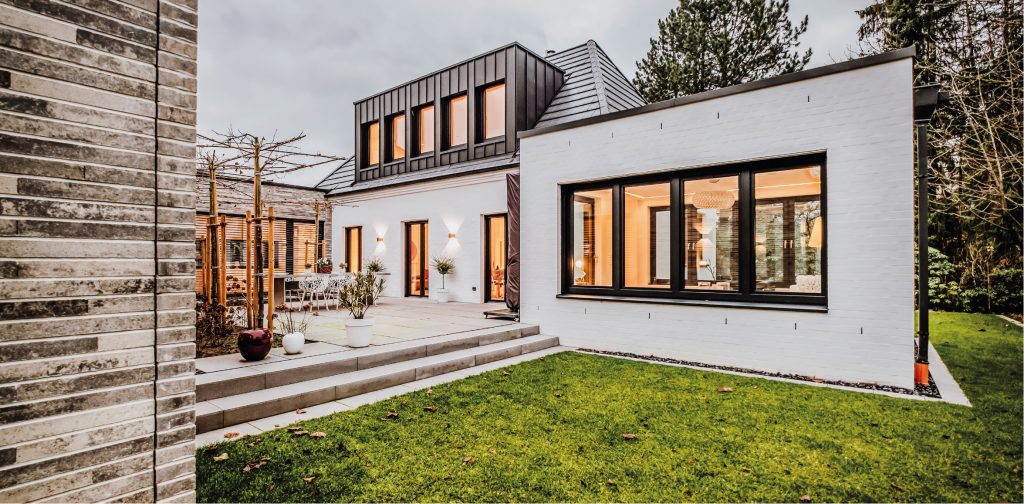
End-of-life scenarios: PVC windows have been recycled for about 30 years and the resulting PVC recyclate is used in new profiles. The average maximum content of recycled material in a window profile is usually between 40 and 50%. This saves valuable resources, and reduces energy consumption and thus greenhouse gas emissions during the production process.
